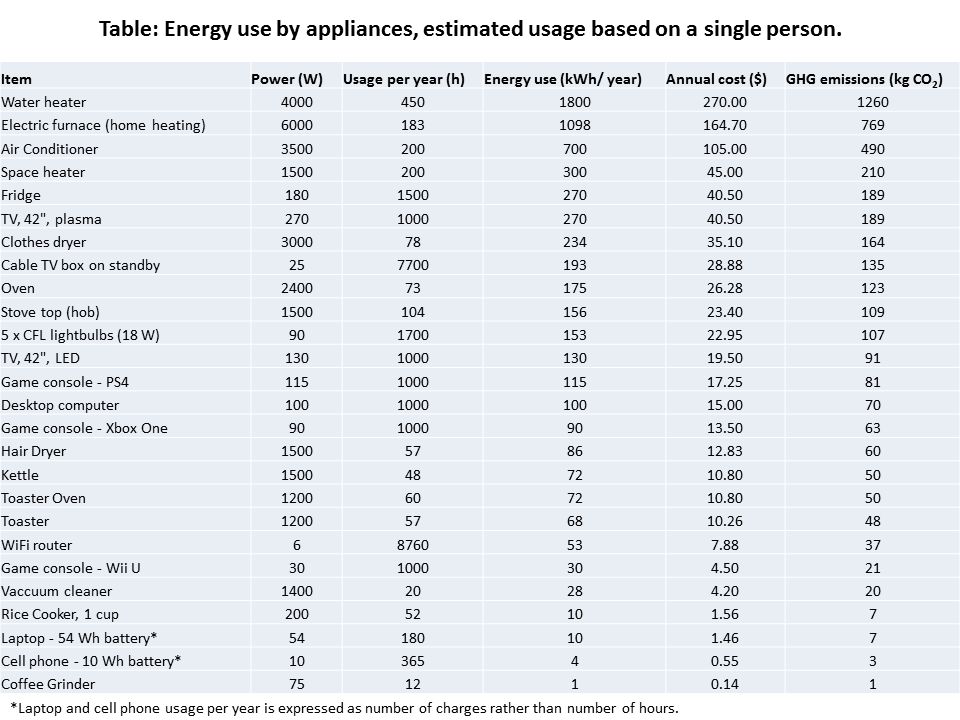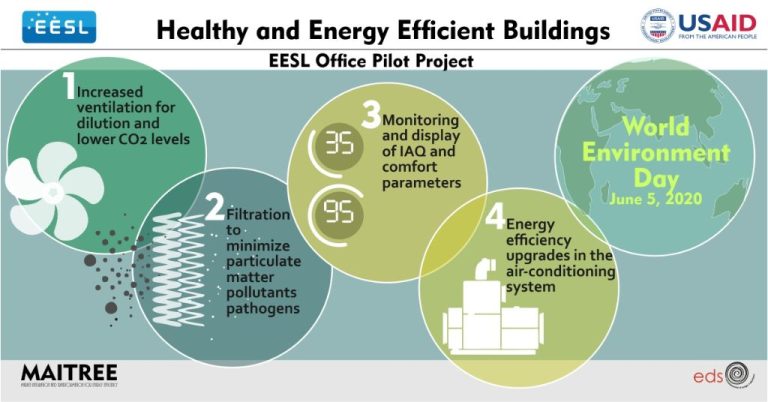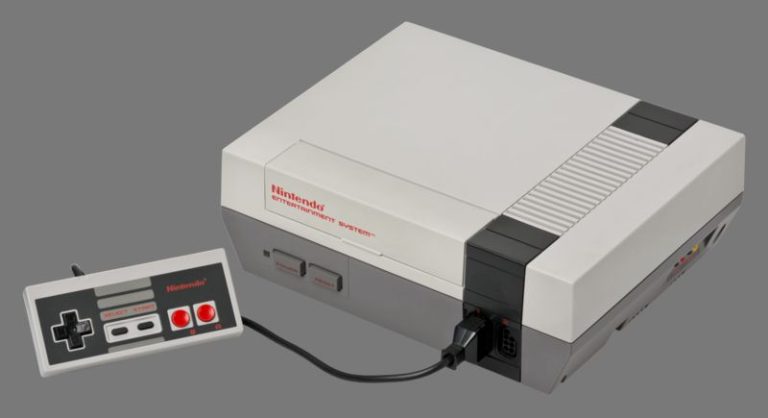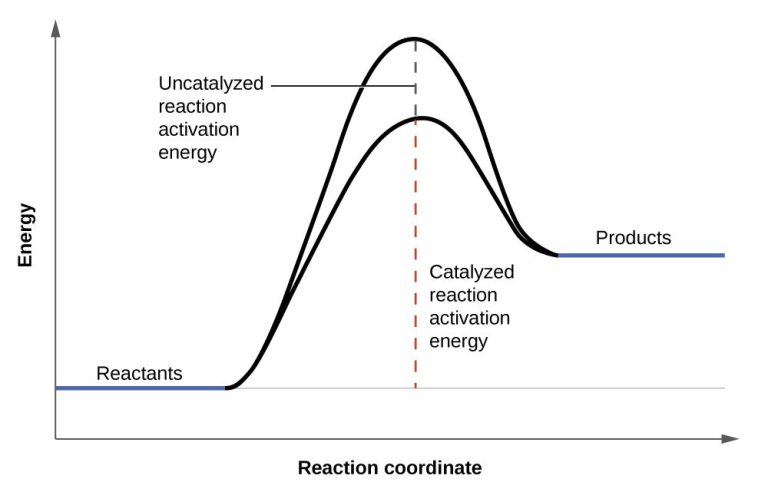How Many Watts Is 1 Hour Power?
Defining Watts and Power
A watt is a unit used to measure electrical power. Specifically, a watt measures the rate of energy conversion or transfer. When an appliance uses electricity, it is converting electric energy into another form, such as light, heat, motion, etc. The rate at which it converts that energy is measured in watts.
For example, a 60-watt light bulb uses 60 watts of electrical power to produce light and a small amount of heat. The higher the wattage rating of an appliance, the more power it draws and the faster it converts electrical energy into another form.
Power companies measure electricity usage in kilowatt-hours (kWh), which represents the amount of energy transferred over time. A kilowatt-hour is equal to using 1,000 watts for one hour. So a 60-watt bulb left on for 10 hours would use 60 x 10 = 600 watt-hours or 0.6 kWh of energy.
Converting Watts to Kilowatt Hours
Watts measure the rate of power consumption at any given moment. For example, a 100-watt light bulb consumes energy at a rate of 100 watts when it is switched on. Kilowatt hours measure energy consumption over time. One kilowatt hour is equal to using 1,000 watts of power over the course of one hour.
To convert between watts and kilowatt hours, you apply this formula:
Kilowatt hours = Watts x Hours / 1,000
So for example, if you use a 100 watt appliance for 1 hour, the energy consumed is:
Kilowatt hours = 100 x 1 / 1,000 = 0.1 kWh
This result tells us that using 100 watts of power for 1 hour equals 0.1 kilowatt hours of energy usage. We can extend this calculation to determine how much power is used over any time period.
Calculating Power Usage
To calculate power usage over time in watts, you need to know the wattage rating of an appliance and how long it runs. Here is the basic formula:
Power (watts) = Wattage rating (watts) x Time used (hours)
For example, if you use a 100 watt light bulb for 1 hour:
Power used = 100 watts x 1 hour
= 100 watt-hours
If you use a 50 watt TV for 3 hours:
Power used = 50 watts x 3 hours
= 150 watt-hours
By calculating the wattage and time used for each appliance or device, you can estimate your overall power consumption over any time period.
Typical Appliance Power Draw
Most electrical appliances have a power rating label expressed in watts or kilowatts. When estimating power usage for a typical home, here are some typical wattage examples for common appliances:
- Refrigerator – 500 watts
- Microwave oven – 750 to 1500 watts depending on output power
- Electric oven – 3000+ watts while baking or roasting
- Clothes dryer – 1500 to 5000 watts depending on model and cycle
- Dishwasher – 1200 to 2400+ watts while running a cycle
- Electric water heater – 4500+ watts while heating water
- Television – less than 500 watts for most models
- Desktop computer and monitor – less than 400 watts total in use
- Incandescent light bulb – 25 to 100+ watts per bulb
Knowing the typical power draw for major appliances helps estimate overall electricity usage.
Adding Up Appliance Usage
To determine the total wattage, or power draw, used in your home over the course of an hour, you’ll need to add up the usage of each appliance or device. Here are the steps:

- Make a list of all electric appliances, devices, and lights typically used in your home. This may include appliances like a refrigerator, microwave, TVs, computers, gaming consoles, etc. It should also include all lighting inside and outside of the home.
- Lookup the wattage rating for each appliance and light. This information should be indicated on a label or placard on the device. If not available, check the owner’s manual or search online to find typical wattage.
- Estimate the amount of time each appliance or light is in use during a typical hour. For always-on devices like a refrigerator, record 1 hour. For others, estimate a fraction based on your actual use.
- Multiply the wattage rating by the estimated hours of use. This will give you the total watt-hours for that appliance or light.
- Add up the watt-hours for every item in your list to determine the total power usage over 1 hour for your home.
Keep in mind, some devices such as incandescent light bulbs can draw significantly more power when first turned on. Your actual usage may be higher due to this initial surge. Usage will also vary day-to-day in your home.
Other Factors Affecting Power Draw
There are several factors apart from the appliance itself that can impact its power draw:
- Settings – Many appliances have different settings or modes that affect power usage. For example, an air conditioner will use more power on a higher cooling setting or an oven will use more power at a higher temperature setting.
- Usage Habits – How often and for how long appliances are used impacts total power usage. Using appliances longer or more frequently leads to higher overall power consumption.
- Condition and Age – Older, less efficient appliances tend to use more power than newer energy-efficient models. Poorly maintained appliances may also use more power. For example, a dirty air conditioner or refrigerator coil will reduce efficiency and increase power draw.
These factors can significantly impact the total power usage of appliance within a home. Paying attention to issues like settings, usage habits, and device age/condition can help conserve overall electricity usage.
Estimating 1 Hour of Power
To estimate the energy usage over 1 hour for a home, we can calculate the wattage draw from common appliances and add them together. For example:
- Television (150 watts) running for 1 hour is 0.15 kWh
- Lights (100 watts total) running for 1 hour is 0.1 kWh
- Refrigerator (500 watts) running for 1 hour is 0.5 kWh
- Microwave oven (1,500 watts) used for 0.2 hours (12 minutes) is 0.3 kWh
In this example, over the course of 1 hour, the cumulative energy used by the sample appliances is:
TV: 0.15 kWh
Lights: 0.1 kWh
Refrigerator: 0.5 kWh
Microwave: 0.3 kWh
Total: 1.05 kWh
So in this simplified example, 1 hour of cumulative electricity usage is approximately 1.05 kWh. Actual energy use will vary dramatically depending on the number and kinds of appliances in a home.
Regional Differences
Average power consumption can vary significantly around the world based on local factors like climate, common appliances, and building standards. For example:
– Warmer climates are likely to use more power for air conditioning, while colder climates may consume more for heating.
– Countries that rely more on public transportation generally have lower residential power usage compared to places that use private cars more often.
– Consumers in developing nations often use less energy-intensive appliances and may not have devices common in wealthy nations like air conditioners, dishwashers, etc.
– Homes and buildings built more recently tend to be more energy-efficient based on modern construction practices and efficiency standards.
So while it’s possible to estimate average power usage, the actual amount for 1 hour can range from 500 Wh to over 5,000 Wh depending on the country, climate, era and efficiency of infrastructure, and consumers’ access to and use of appliances and electronics.
Conserving Power
There are many ways to reduce your power usage and conserve energy in your home. Some tips include:
- Replace old appliances and electronics with ENERGY STAR certified models. These use much less electricity for the same tasks.
- Turn off lights and electronics when not in use. Use timers, motion detectors, and power strips to make it easier.
- Use natural lighting during the day. Open blinds and curtains to utilize daylight instead of turning on lights.
- Replace all bulbs with LEDs. LEDs use at least 75% less energy than incandescents and will save you money over time.
- Wash laundry in cold water instead of hot. It will still get your clothes clean while using much less energy.
- Change your air filters monthly so your HVAC system runs more efficiently.
- Set your thermostat a few degrees higher in summer and cooler in winter to save on heating and cooling costs.
- Seal cracks, gaps, and add insulation to prevent energy loss in your home.
By using some of these tips, you’ll find many simple solutions to cut your power consumption.
Conclusion
In summary, one hour of power depends on the appliances being used and can vary greatly. Some key takeaways:
- Power is measured in watts. 1,000 watts = 1 kilowatt.
- Electricity usage is calculated in kilowatt hours (kWh). This shows the total energy used over time.
- Typical appliances range from 50 watts for an LED bulb to 1,800+ watts for an electric clothes dryer.
- Added up over 1 hour, a household’s appliances may use 5-10+ kWh depending on usage.
- Many factors like appliance age and insulation impact hourly and overall home power draw.
- Conserving energy by turning off lights, utilizing efficient appliances, etc. can reduce electricity usage.




